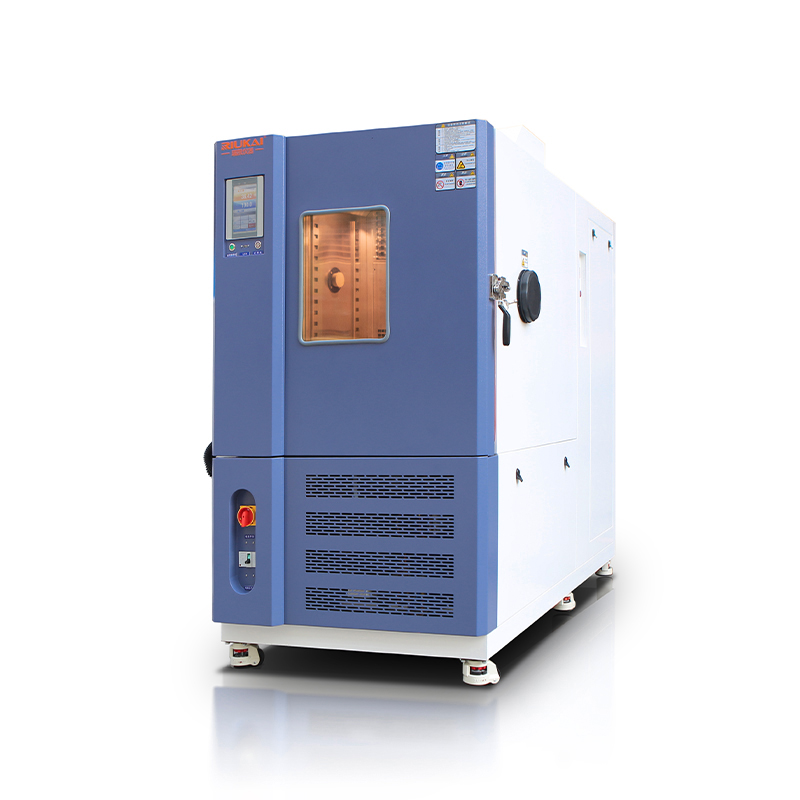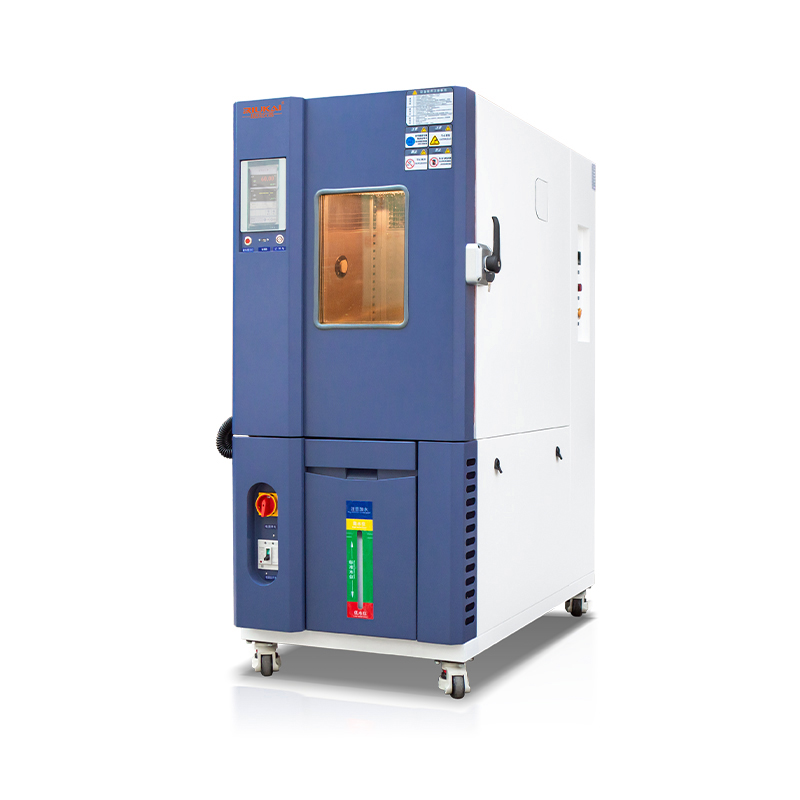What Should I Know Before Choosing a Humidity and Temperature Chamber?
Choosing the right Environmental Test Chambers is critical to ensuring accurate and reliable results. There are several factors you should consider when comparing different instruments and thinking about which one best suits your needs.Here are some key considerations to help you make an informed decision:
1. Test requirements: Begin by evaluating the specific test requirements. For the environmental test chambers,consider the range of temperature and humidity levels, the rate of temperature rise, and any other specific parameters and conditions defined by the test, such as control tolerances.
2. Sample size and capacity: Assess the size and number of samples or products to be tested at one time. Ensure that the internal dimensions and capacity of the environmental test chamber are adequate to accommodate the samples. Typical recommendations are to allow 1/6 of the sample width on each side for good airflow. Consider racking options, loading configurations, and access points (cable ports) to ensure ease of testing.
3. Performance and reliability: Consider the overall performance and reliability of the chamber to meet current and future needs. For the environmental test chamber,the temperature rise should be fast, energy consumption should be low, and construction should be robust to ensure long term durability and consistent performance.
4. Software and data management: Evaluate the test chamber’s system controller, interface and data management capabilities. Look for user-friendly interfaces for easy programming and monitoring of test parameters. Consider features such as data logging, remote access, etc. and how these features will meet your reporting needs.
5. Compliance with standards: Ensure that the environmental test chamber complies with relevant standards and regulations. Your company or customer may have specific calibration requirements. Mechanical safety requirements such as UL, NRTL, CSA, or CE must be confirmed.
6. Service and support: For the environmental test chamber, evaluate whether the supplier offers technical support, maintenance services, and spare parts. Look for a manufacturer with a good reputation for customer service, as timely support and assistance are critical to resolving problems and minimizing downtime.
7. Budget and Cost of Ownership: For the environmental test chamber, determine a budget and consider the long-term cost of ownership. While it is critical to find a tester that fits your budget, consider factors such as energy consumption, maintenance requirements, and the expected lifespan of the tester to evaluate the total cost of ownership over its entire lifespan.
8. User evaluations and recommendations: Research and collect user evaluations and recommendations for the test chambers being compared. Draw on the experience of other users to gain insight into the performance, reliability, and user-friendliness of the test chambers under consideration.
For every manufacturer, the products conceived and manufactured undergo a series of environmental tests and trials. With over 25 years of manufacturing experience, RIUKAI has become a specialized manufacturer and supplier of Environmental Test Chambers, and RIUKAI’s team of engineers will help you find solutions to your environmental testing needs.
RIUKAI are a professional 25+ years manufacturer in climatic chamber、environmental test chambers and so on.Our company has passed ISO 9001 quality management system, ISO 14001 quality management system and ISO 45001 quality management system. Welcome to consult for Catalog and Product. you can contact us at email export@riukai.com.




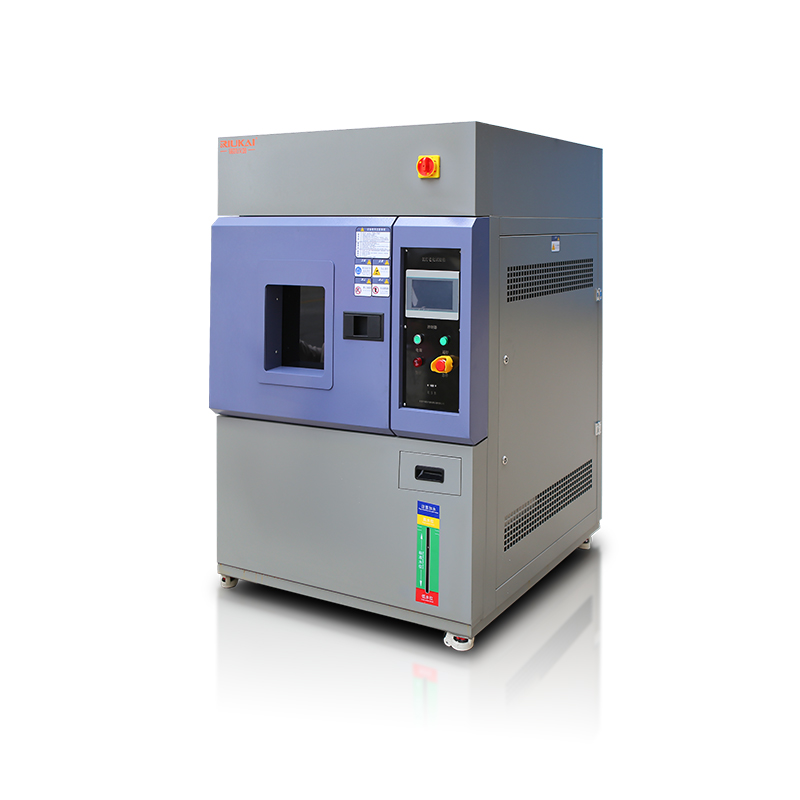
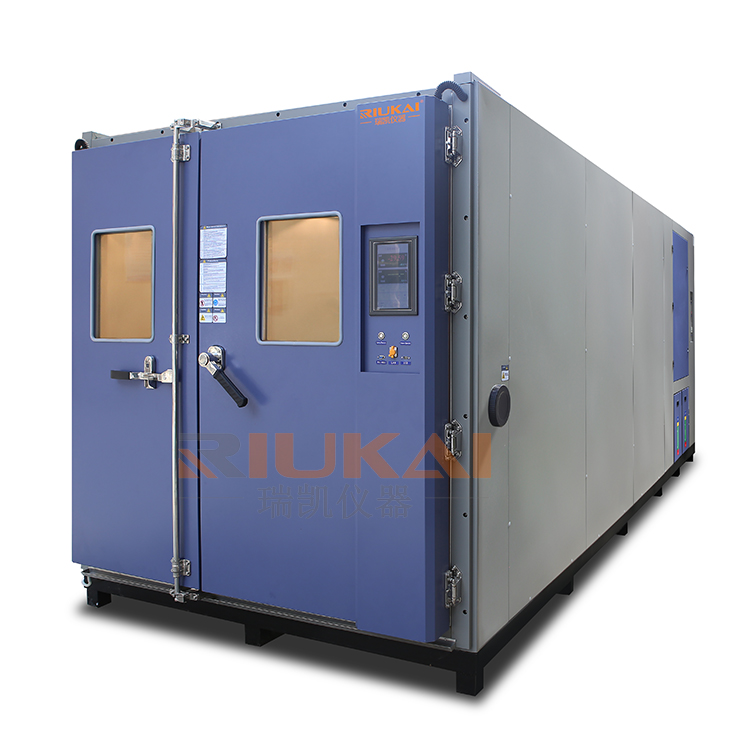
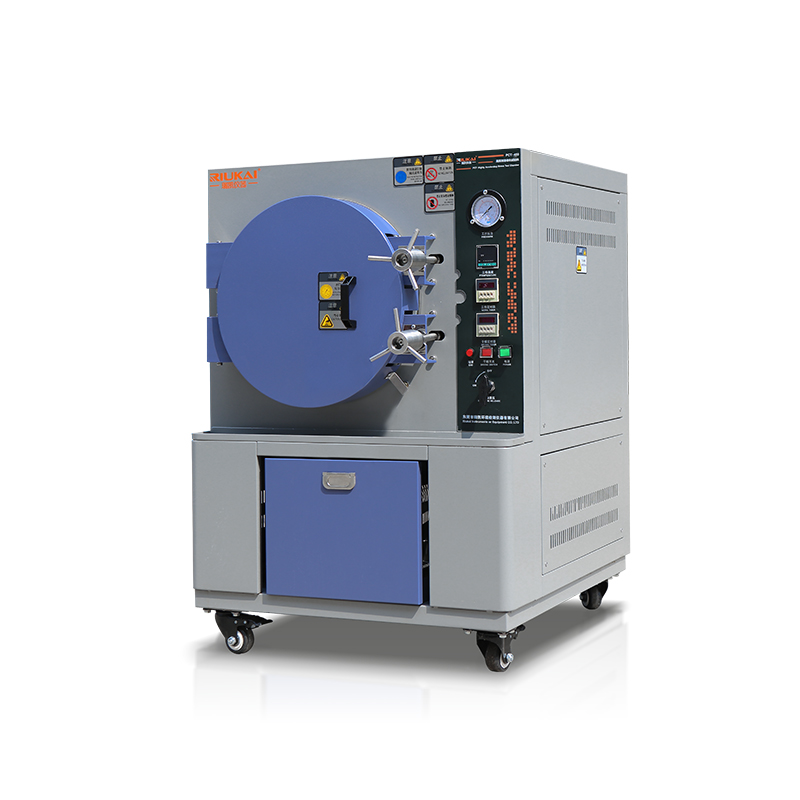
1-1.jpg)
